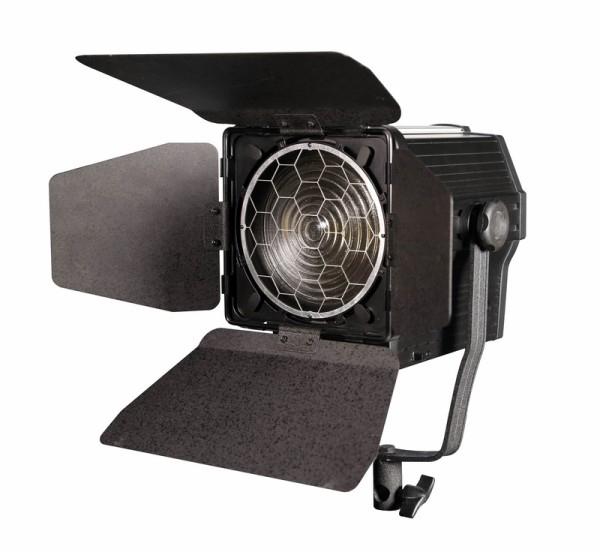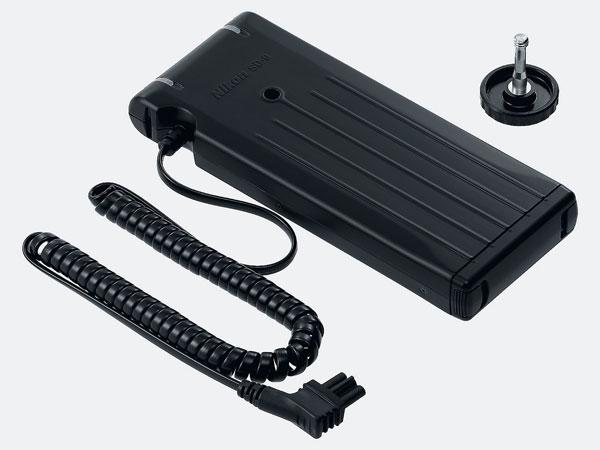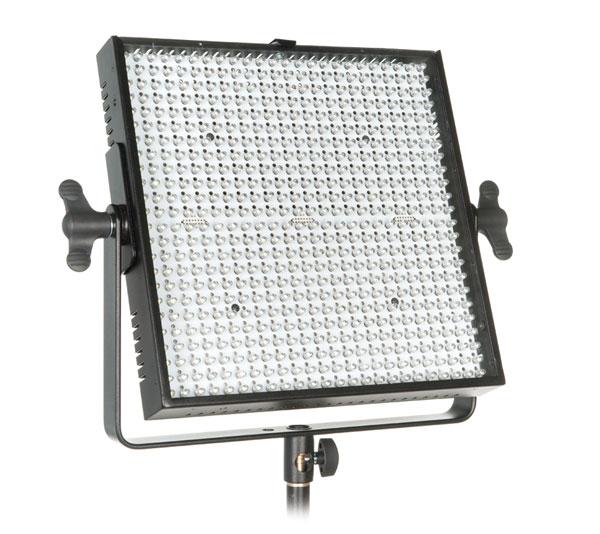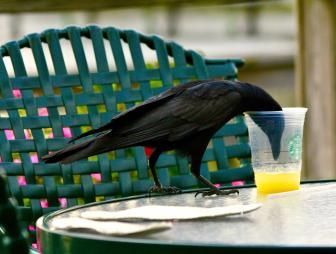Lighting News
Sort By: Post Date TitlePublish Date
|
Aug 20, 2014 |
|
Jul 28, 2014 |
|
May 06, 2014 |
First Published: Apr 01, 2014 |
|
May 02, 2014 |
First Published: Mar 01, 2014 |
|
Apr 29, 2014 |
First Published: Mar 01, 2014 |
|
Apr 25, 2014 |
First Published: Mar 01, 2014 |
|
Apr 11, 2014 |
First Published: Mar 01, 2014 |
|
Apr 01, 2014 |
First Published: Feb 01, 2014 |
|
Mar 28, 2014 |
First Published: May 01, 2014 |
|
Mar 13, 2014 |
First Published: Jan 01, 2014 |
|
Mar 11, 2014 |
First Published: Jan 01, 2014 |
|
Feb 04, 2014 |
First Published: Dec 01, 2013 |
|
Feb 04, 2014 |
First Published: Dec 01, 2013 |
|
Jan 07, 2014 |
First Published: Dec 01, 2013 |
|
Dec 03, 2013 |
First Published: Oct 01, 2013 |
















